by Dr. Anand Titus and Geeta N. Pereira
Come to think of mushrooms and the most likely thought that comes to mind is their exquisite taste, vibrant colors, unusual shapes and texture. However, very few people are aware that these unique fungi aid the human immune system and contributes to a healthful diet. A healthy intake of mushrooms protects the body cells from heart disease, oral cancers, and slows down aging. The word mushroom is derived from the Frankish word “mussiriones” referring to the meadow mushroom and from the French “mousseron” meaning growing on moist moss.
From organic matter decomposition to the recycling of essential nutrients, mushrooms play a crucial role in the availability of nutrients required for the growth and development of coffee. Almost all the mushrooms photographed in this article were found inside a coffee forest.
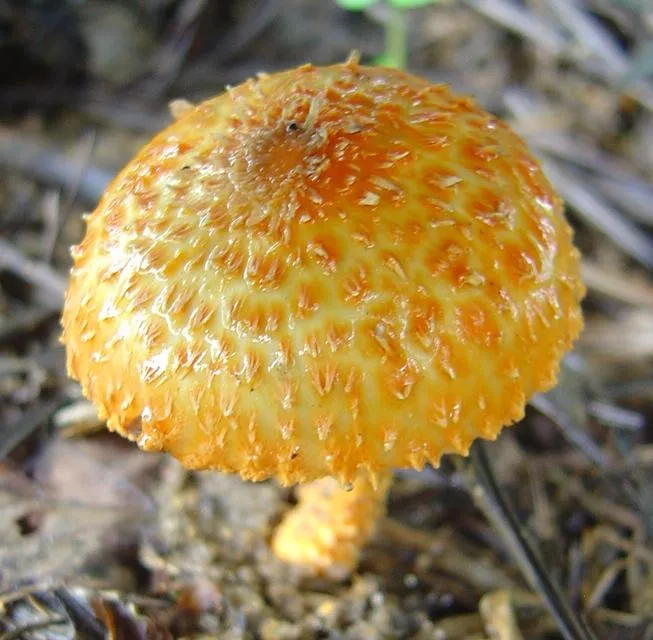
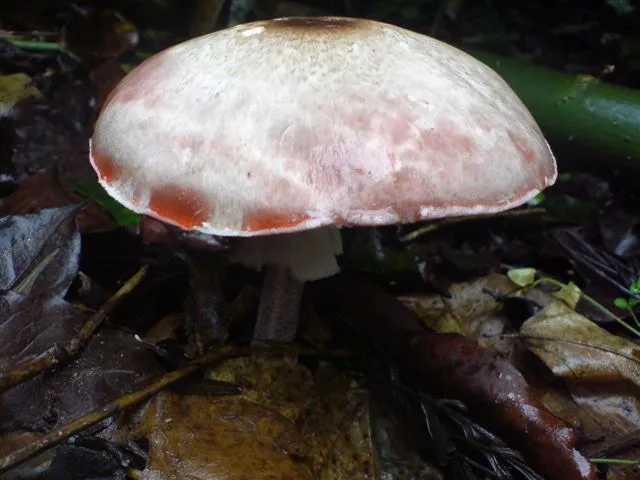
The popularity of low carbohydrate diet is now gaining popularity in most homes. People are making a conscious effort to cut back on foods that lead to cholesterol and heart disease. Mushrooms are ideally positioned to fill this gap. Ladies who are especially health conscious on the weight front can include mushrooms in their diet because the role of mushrooms in weight loss and maintenance is known since ages. The nutritional value of mushrooms as sugar free, protein rich food supplement with good amounts of both essential macro and micro elements is well known.
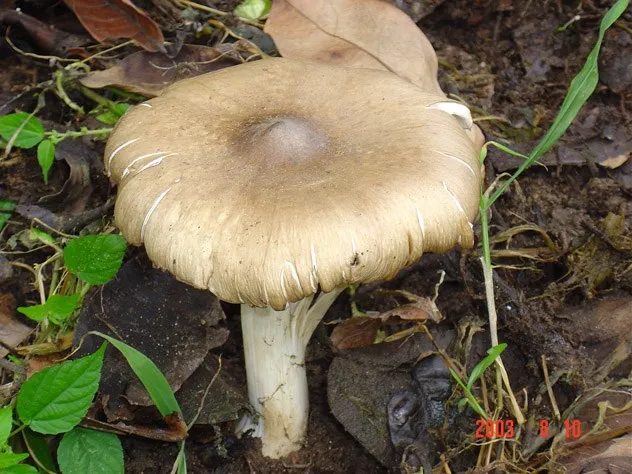
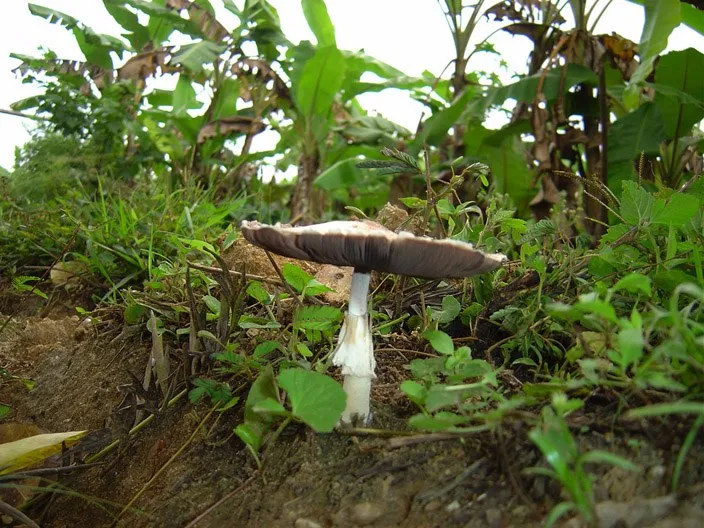
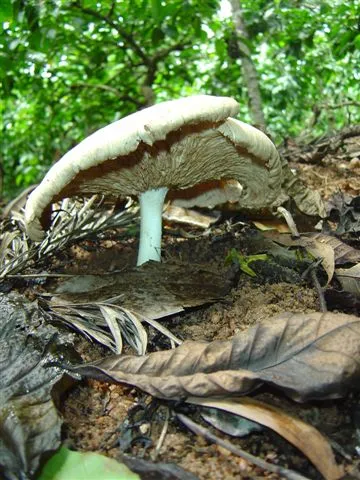
In the West; the mushroom industry is a multimillion dollar industry. They are a healthy addition to any meal. Mushrooms can be added to enhance the food value and in a variety of culinary delights. Vegetarians will be delighted to learn that mushrooms are grouped with vegetables, yet provide the proteins found in meats. The edible mushrooms are high in antioxidants which help in disease prevention. Most importantly, mushrooms are fat and cholesterol free, low in sodium, yet provide several vitamins, minerals and amino acids which act as building blocks of proteins, in the form of riboflavin, selenium and niacin. Mushrooms are the only vegetables with vitamin D, essential for bone and teeth development. The copper content plays a crucial role in the manufacture of red blood cells, which acts as an oxygen carrier. Potassium controls the blood pressure and prevents stroke and selenium boosts the immune system.
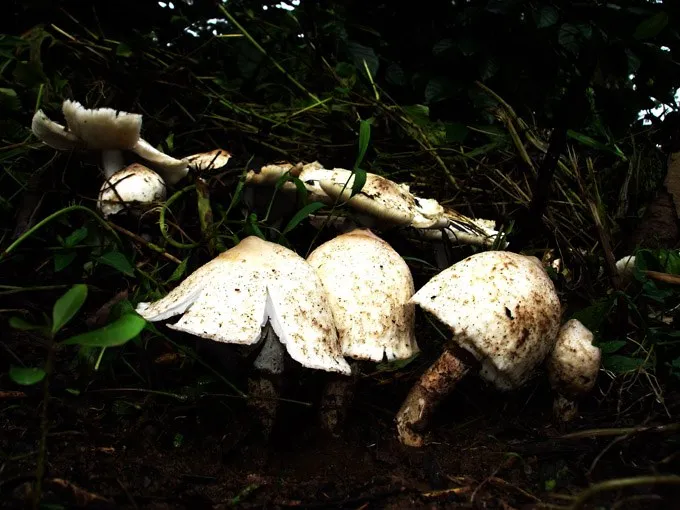
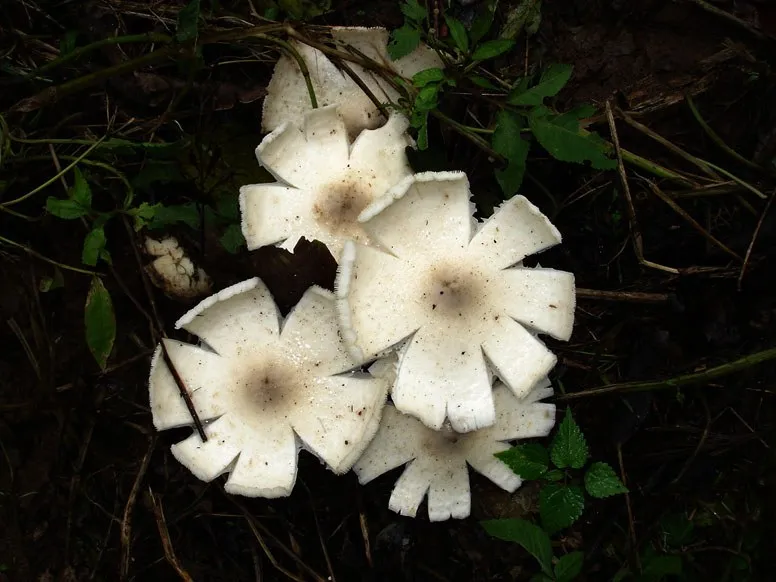
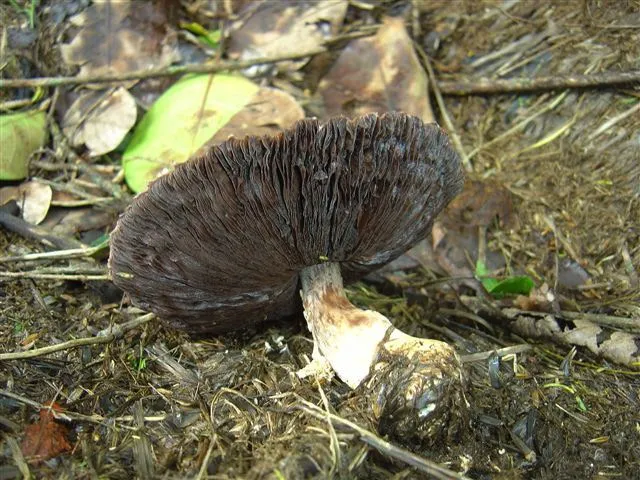
The use of mushrooms as food has a long and varied history. These edible fungi have been used as food ever since the hunting and gathering stage of our prehistoric ancestors. The credit of popularizing mushrooms goes to the Greeks and Romans who mastered the art of exploiting the culinary benefits of mushroom fungi in preparing varied exotic dishes. A certain species of boletaria was so highly prized by the Romans that certain cooking pots were set aside and reserved for its exclusive preparation.
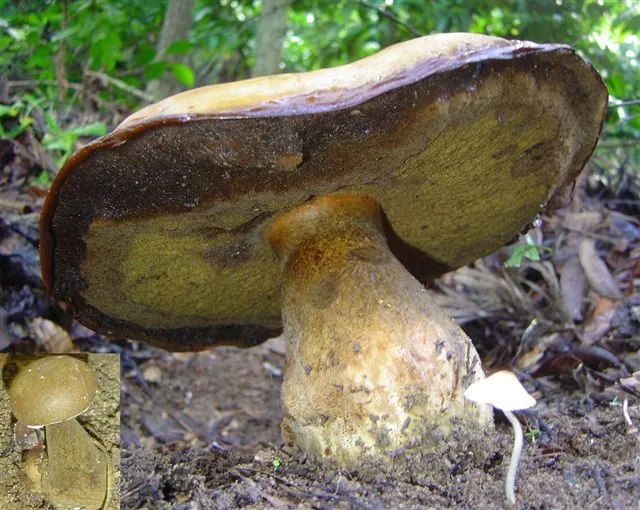
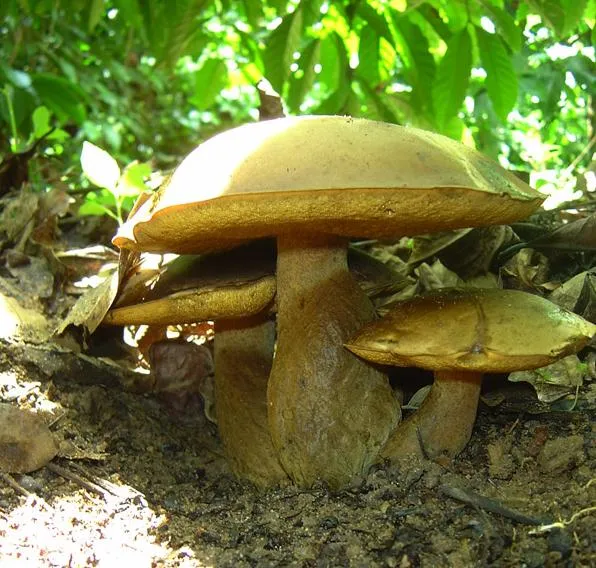
In the early days, scientific tools were not available to determine if wild species of mushrooms were poisonous or edible. Animals and slaves were used as guinea pigs to test the efficacy of newly discovered forest mushrooms.

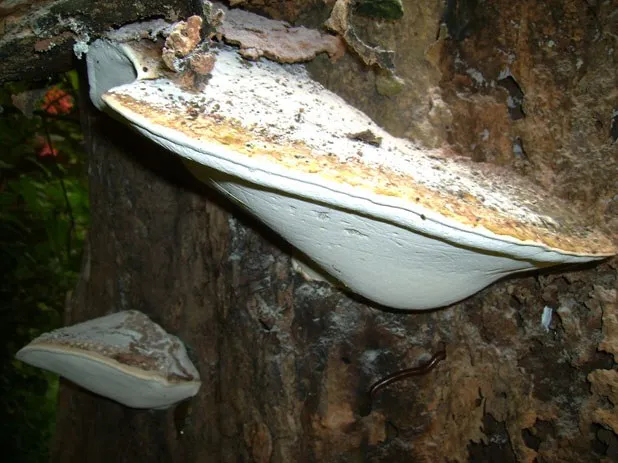
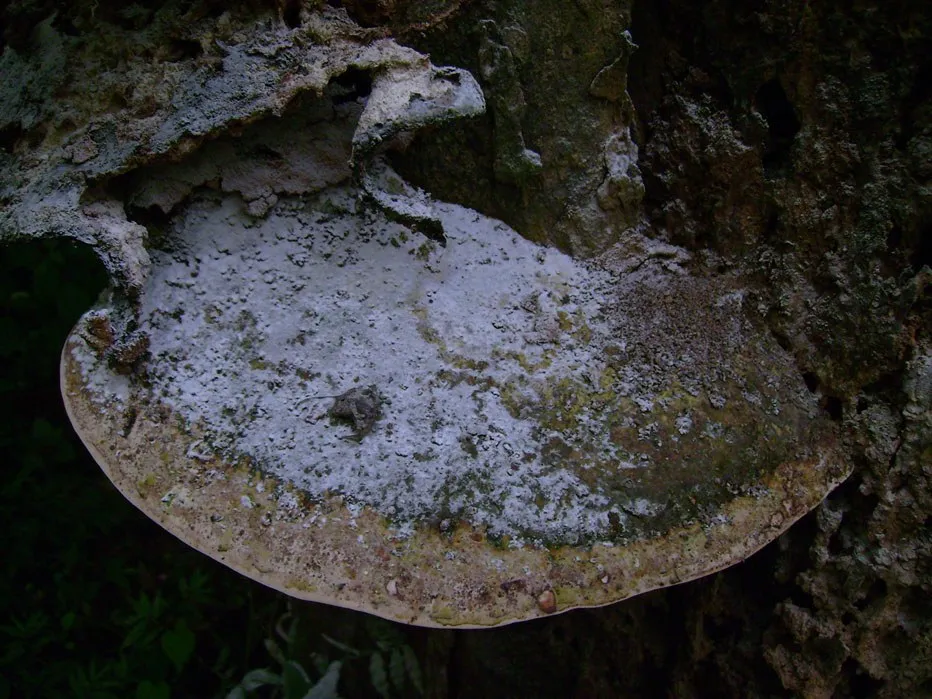
Mushrooms form part of the enormous group of organisms called Fungi. They are not grouped under the plant kingdom. The fundamental difference between plants and fungi is that Green plants, with the help of the pigment chlorophyll are able to manufacture their own food. Fungi cannot synthesize their own food because they lack this pigment.
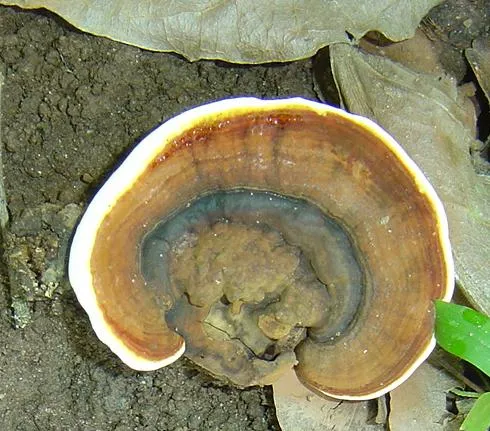
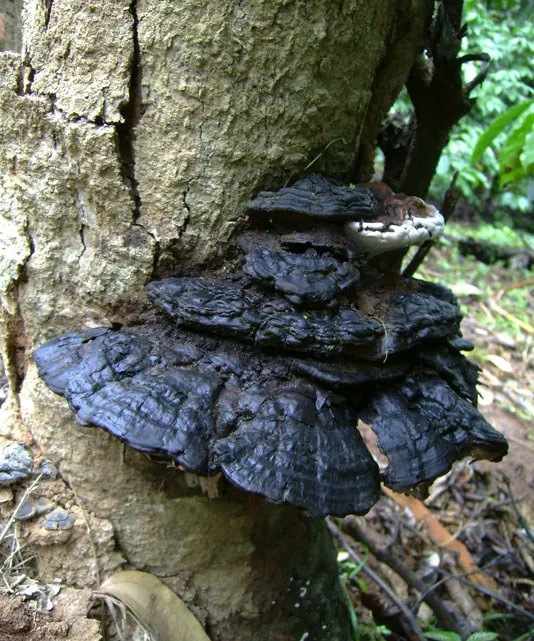

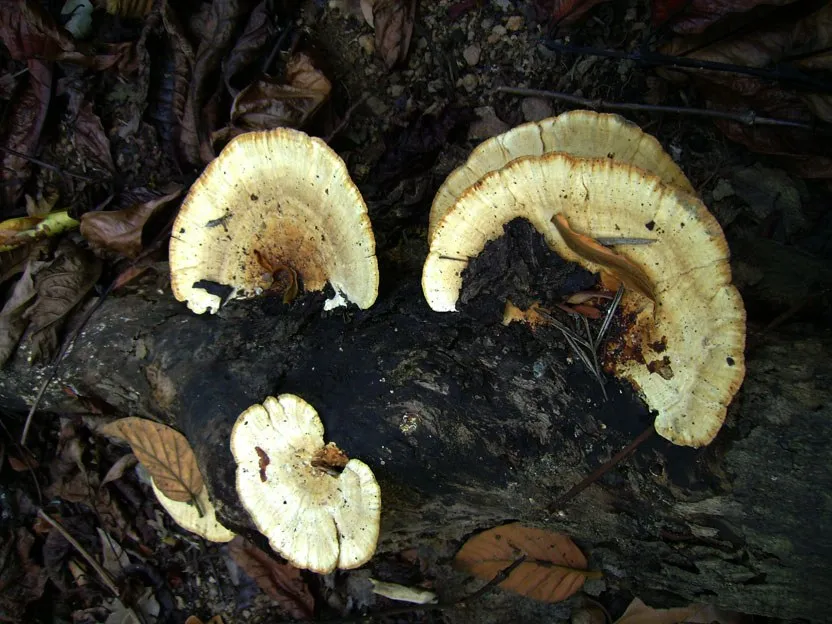
Some fungi obtain their food by breaking down dead plant or animal matter, referred to as saprophytes or saprobes; others grow parasitically on living herbs, plants or animals. Many species form a close association with the roots of trees and colonize the endorhizosphere, histosphere or rhizosphere region forming a mycorrhizal association. In this mutually satisfying, symbiotic relationship, the fungus receives nutrients for its growth and development from the tree and in turn enables the tree roots to absorb different unavailable minerals from the soil.
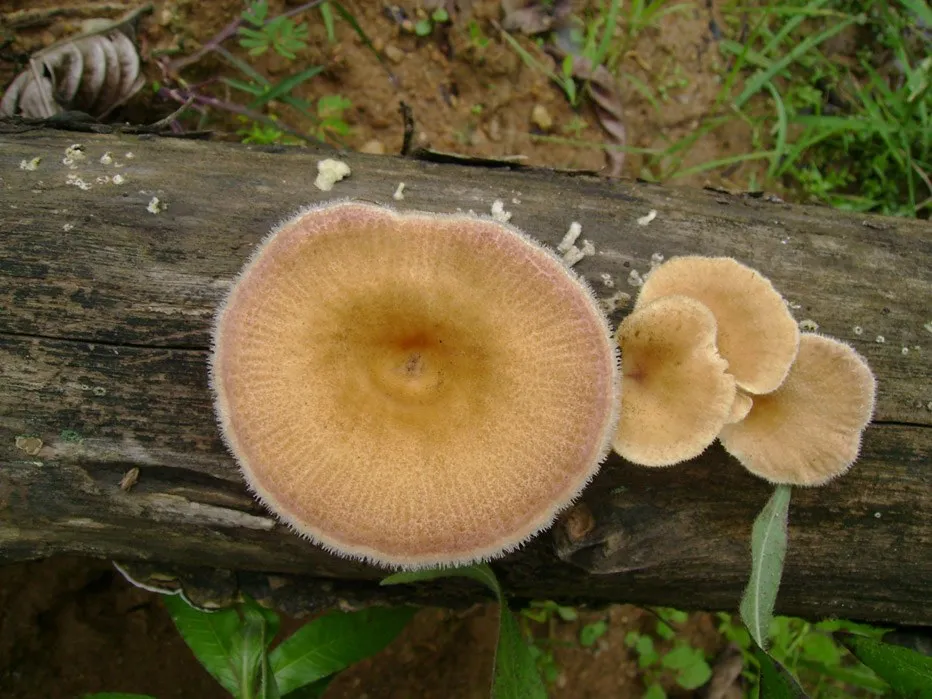
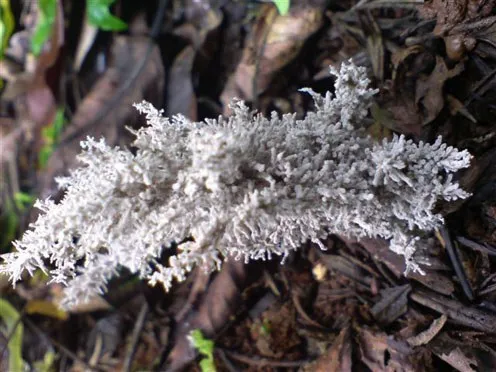
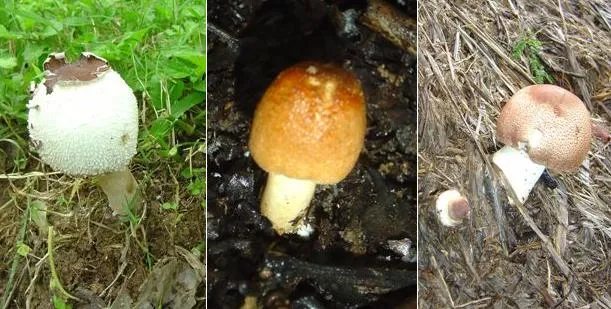
Mushrooms and toadstools are the fruiting bodies of fungi and represent only a short stage in their life cycle. They produce millions of spores which germinate under ideal weather conditions, giving rise to fine branched thread like structures called hyphae. In many species, spores develop only on the underside of the cap and in others they are produced all over the surface or on the inside.
Mushrooms are propagated by spores which are released from the underside of each mushroom cap. The spores are carried distances by air and water currents and germinate when they come in contact with dead wood or organic matter. The spores then sprout to form an underground net work of minute thread like filaments, called a mycelium.
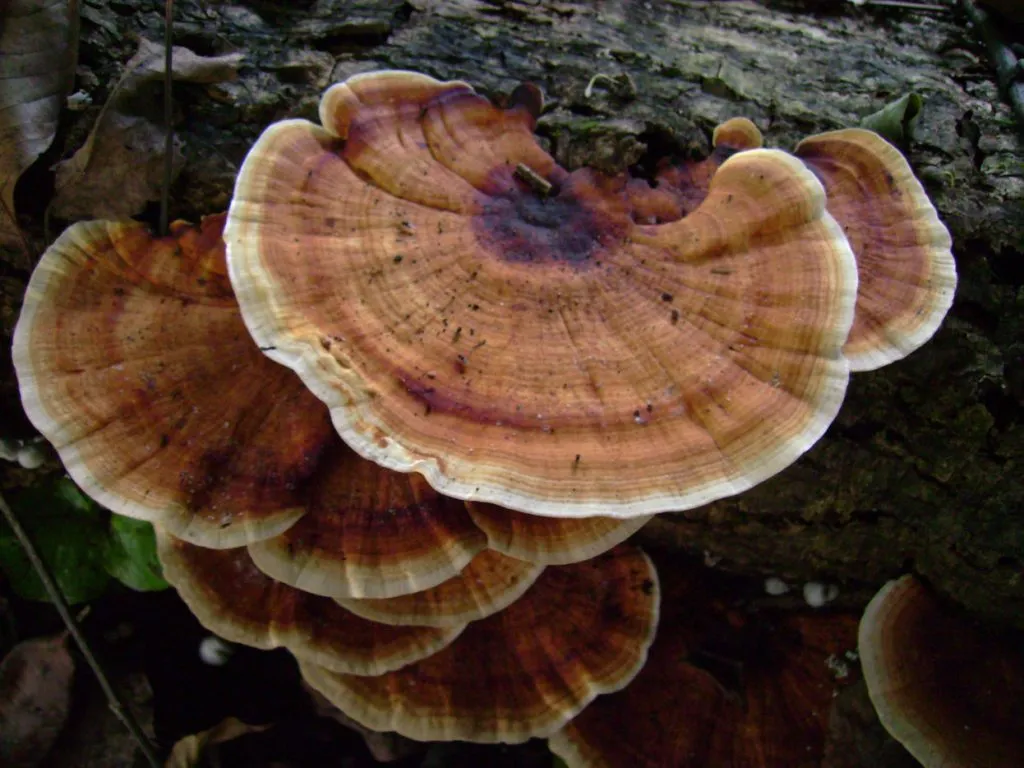
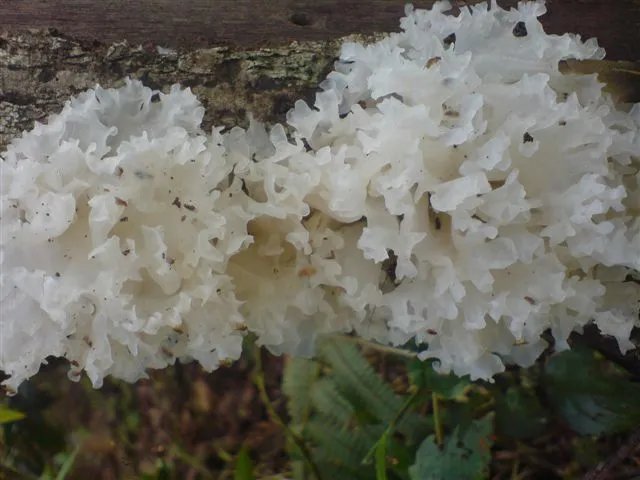
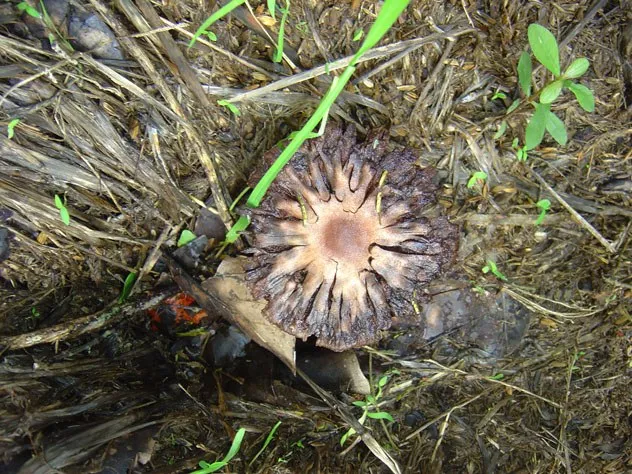
Edible fungi are commonly referred to as mushrooms and poisonous ones toadstools. The toxins present in the mushroom can cause food poisoning and at times death or serious illness.
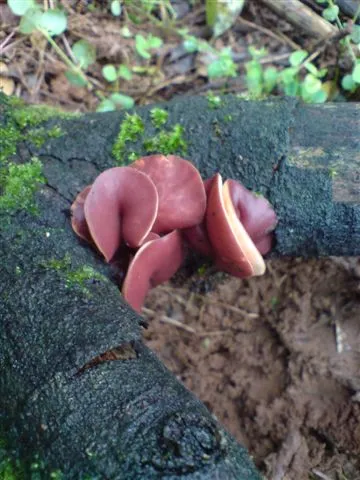
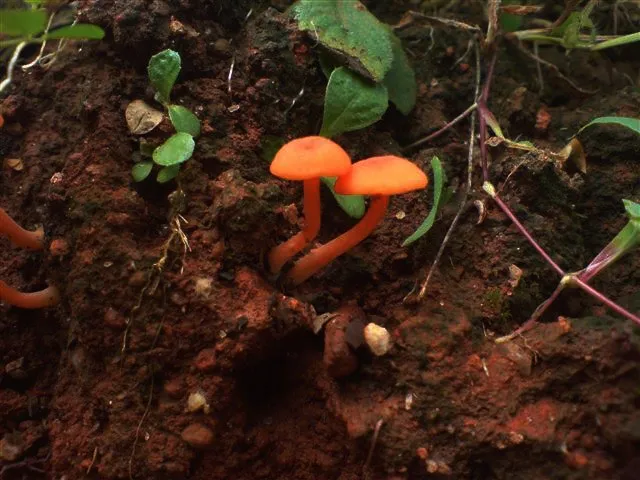
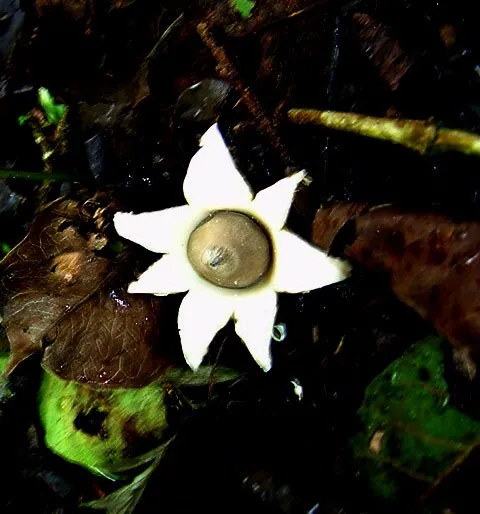
The biodiverse Western Ghat forests are a treasure trove of mushroom biodiversity. Our research for the past twenty years has clearly indicated that only a select few wild mushrooms have been identified and hordes of new species are yet to be discovered and classified. Mushrooms thrive under varied ecological conditions, from moist to dry. The Western Ghat is a flange of a high mountain range running along the west coast with a total length of 1600 km and average elevation of 1000 to 1300 m, with few peaks rising above 2500 m.
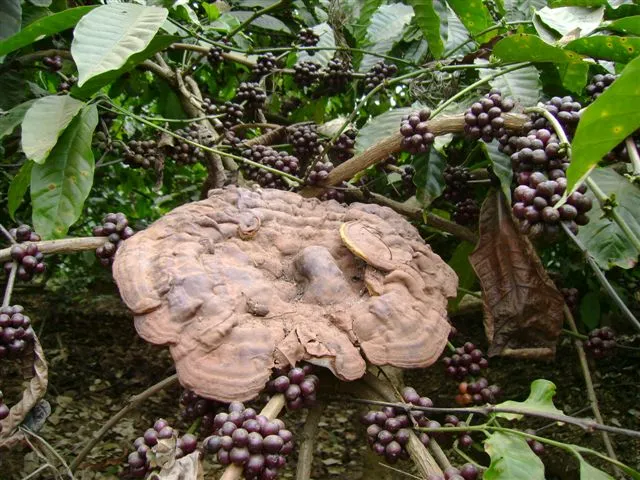
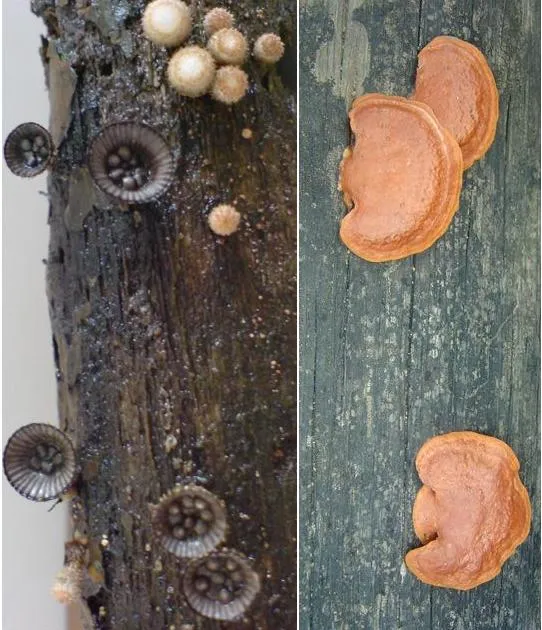
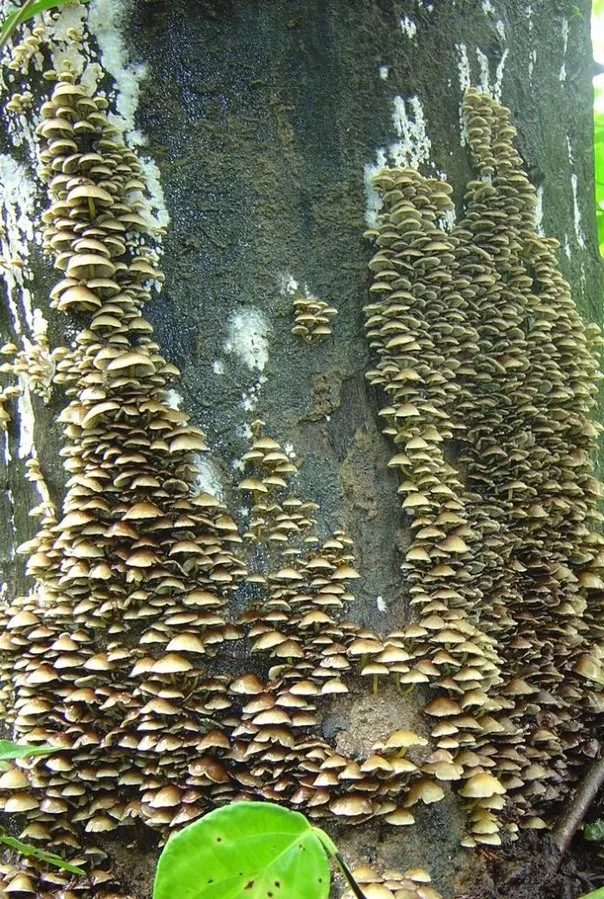
The Mushrooms species are clearly influenced by altitude, type of vegetation, type of coffee forests (Robusta’s or Arabica), prevailing temperature, relative humidity, type of soil and amount of organic matter in the soil. Some of the dominant species of mushrooms collected belonged to the Boletaceae, and Tricholomataceae family. Most of the wild mushrooms were associated with forest tree roots. Among the total number of mushrooms reported from India, only a very small percentage is poisonous or hallucinogenic.
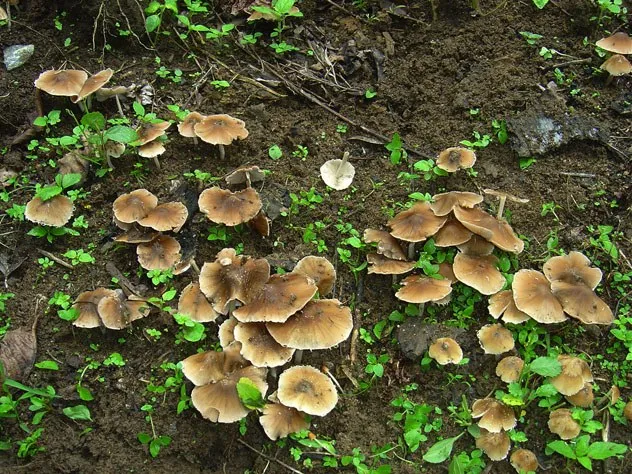
Worldwide there are over 200,000 species of fungi. It is estimated that the mushroom species may exceed that of plants, animals and birds combined. The mushroom biota recorded in the Country includes 1200 species of fungi compared to the 14,000 species of mushrooms reported from all over the world. This represents only 10 % of the world biota of mushrooms. In the Indian context approximately 350 species of mushrooms are edible. The Western Ghat to date consists of 750 species of mushrooms.
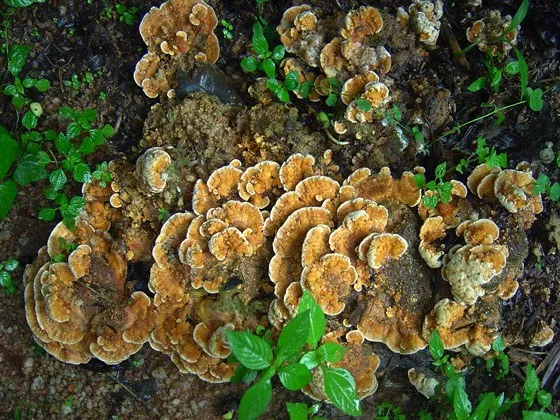
Mushrooms have an ecologically significant role to play in the utilization of dead organic debris, rotten logs, or rotting woody material or substrate found on the floor of the forest. Mushrooms act on waste material and aid in the recycling of essential nutrients. They grow in a wide variety of habitats. Most mushrooms have an important and beneficial role to play in food chains and food webs.

Many species are quite host specific in their attachment and will not target other species of trees. Others play an important role in breaking down lignin, cellulose and hemicelluloses and convert them into readily available energy rich compounds easily assimilated by plants. In short, all mushroom species play a crucial role in recycling essential nutrients.
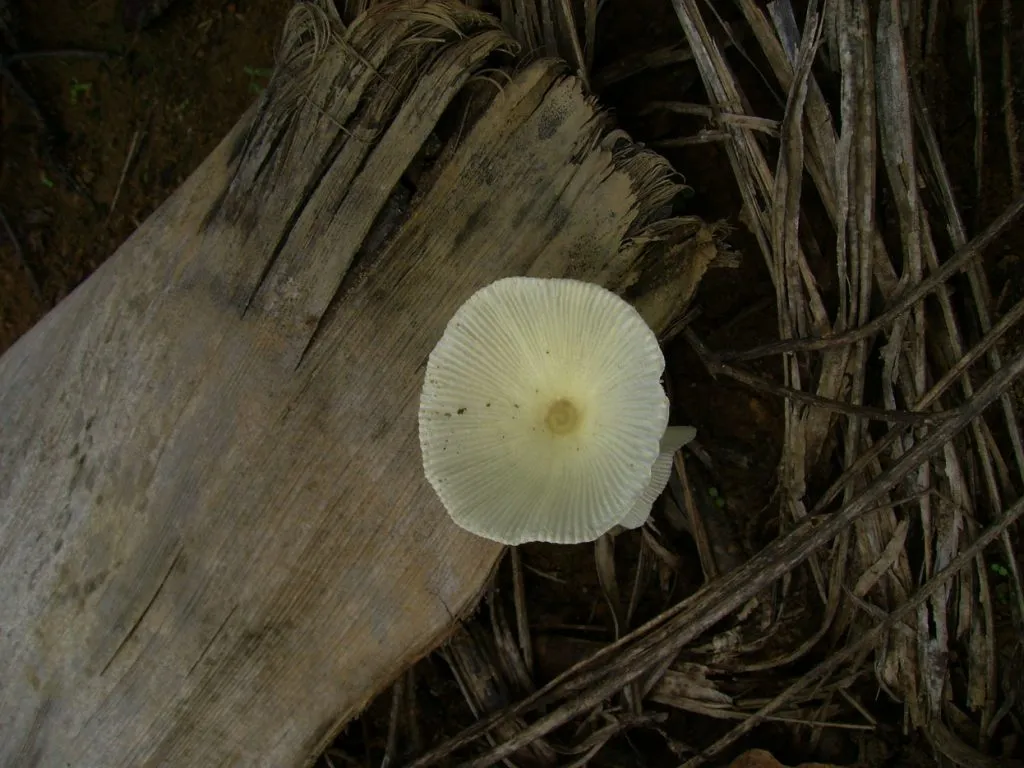
Mushrooms are one of the most important groups of microorganisms, called Fungi. Some are edible and a few others poisonous. At times hallucinating and bioluminescent mushrooms are observed either on the floor of the forest or on dead trees or decaying organic matter. Most of the edible mushrooms are distinctive in their characteristic features, which are obvious to a trained eye of a microbiologist or a horticulturist.
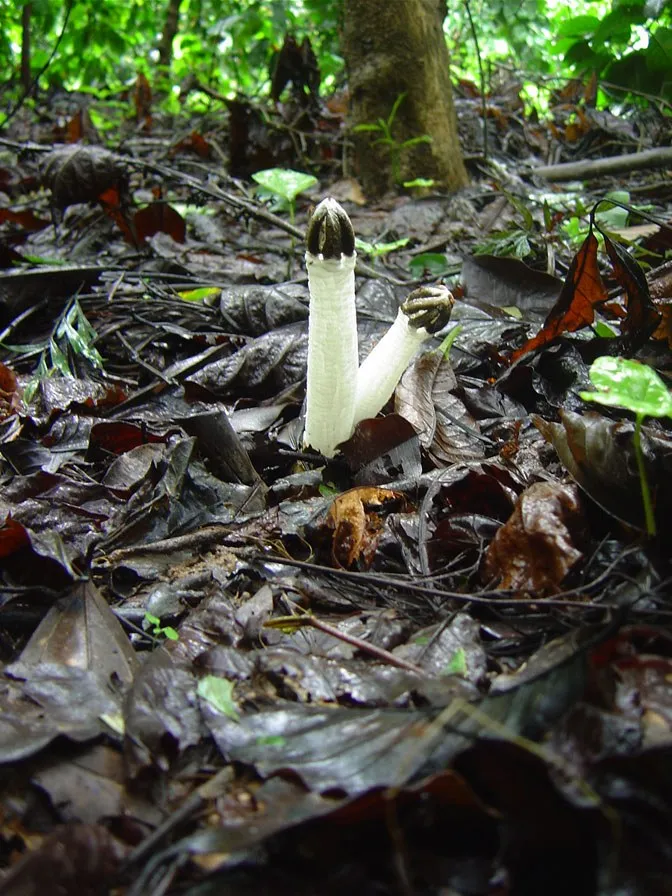
People should be careful while picking mushrooms in the wild because the ordinary looking mushrooms can be deadly poisonous. If you do choose to harvest mushrooms in the wild, make certain that they are identified by a professional before you consume them.
Many mushrooms resemble the normally safe edible mushrooms, but in reality are false mushrooms, and can be deadly poisonous. For your own safety, do not experiment. There is an old saying “There are old mushroom hunters, and bold mushroom hunters, but there are no old, bold mushroom hunters.” A word of caution: Mushroom hunting is not a hobby for the careless or uninformed.
EDIBLE MUSHROOMS
Wild edible mushrooms have interesting local names. These are derived from either the habitat (e.g., Roen olmi = termite hill mushroom), shape (Khut olme = mushroom with crutch, Fugo = balloon), color (Tamdi olmi), size or occasionally the fruiting season (Shit) olmi, which fruit during winter).
In India three types of mushrooms are cultivated on a commercial scale. The white mushroom also known as table mushroom, cultivated mushroom or button mushroom (Agaricus bisporus), the Paddy straw mushroom (Volvariella volvacea) and the oyster mushroom (Pleurotus sajor caju).
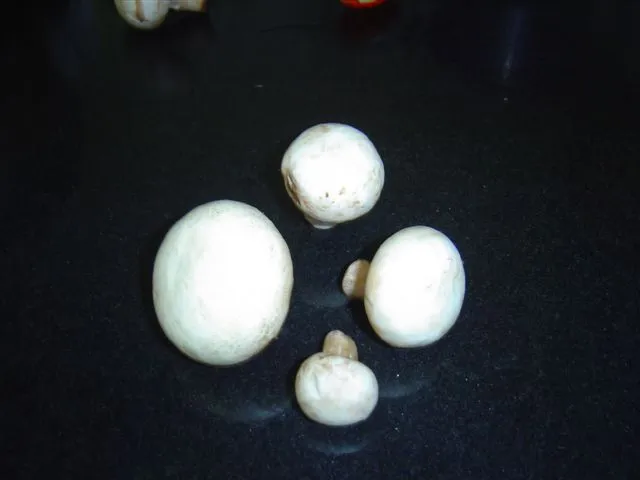
PUFFBALLS: Puffballs are commonly observed scattered in different shapes and sizes. The size varies from one and a half inches high and one inch broad. At times several puffballs fuse together. Many species are edible.
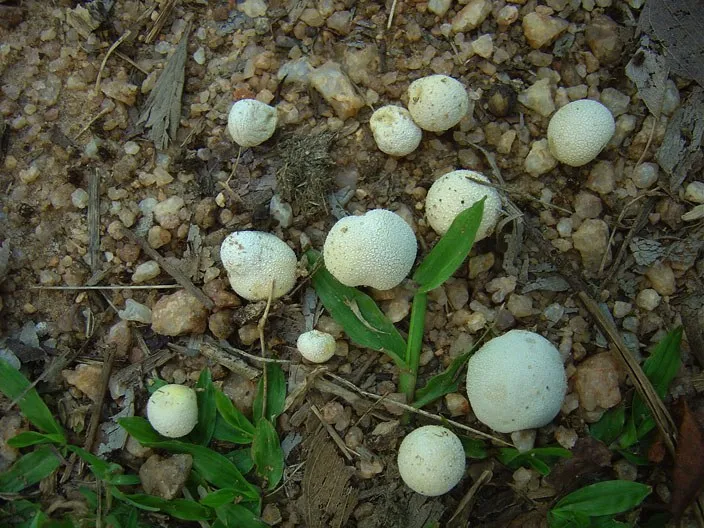
TOXIC MUSHROOMS
Mushrooms are known to contain toxic substances. Many species produce secondary metabolites that are toxic in nature.
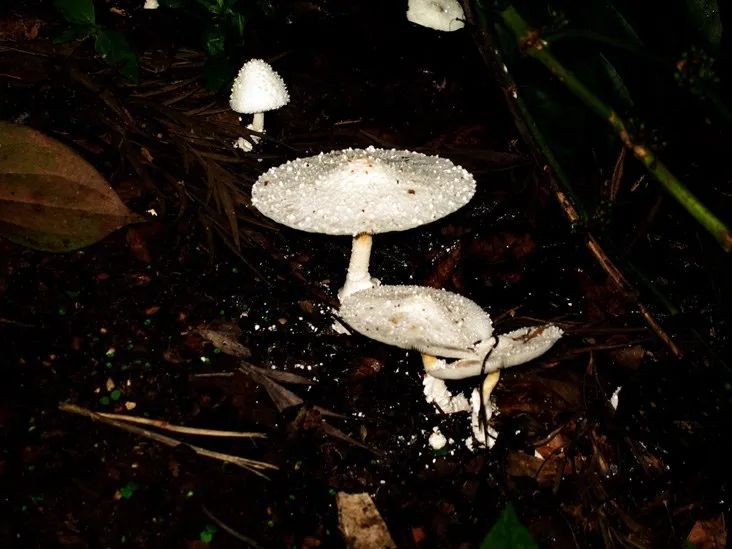
PSILOCYBIN MUSHROOMS
These mushrooms are also referred to as magic mushrooms. They possess psychedelic properties. The cultivation of these mushrooms is governed by strict laws.

MEDICINAL MUSHROOMS
Mushrooms have been used for hundreds of years in traditional medicine. Mushrooms are known to cure certain oral cancers and some are anti cancer, anti viral and stop migraine headaches etc.
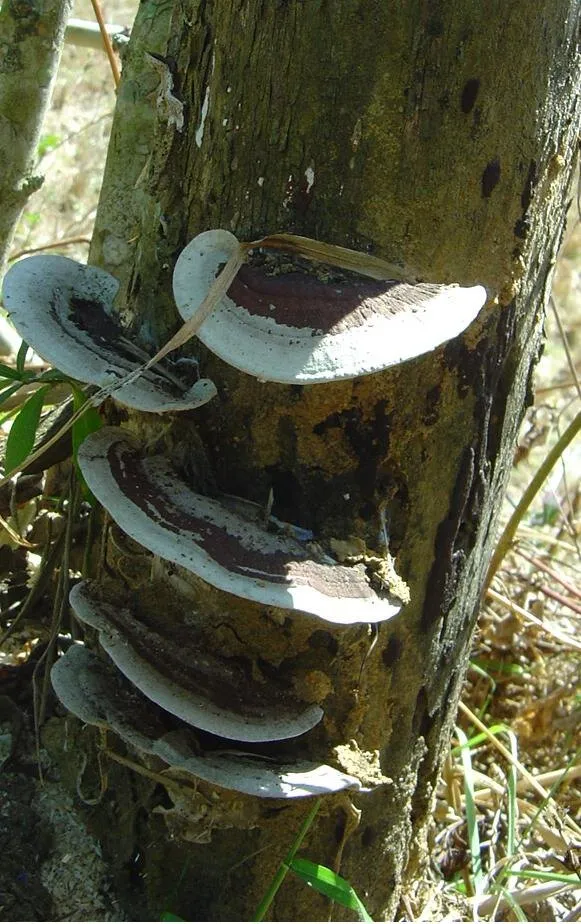
GANODERMA: This particular mushroom is cultivated for medicinal properties instead of for food, on a commercial scale in China. It is known to cure chronic bronchitis, coronary heart disease and cancer. Various types of Ganoderma are commonly observed inside the western Ghat forests.
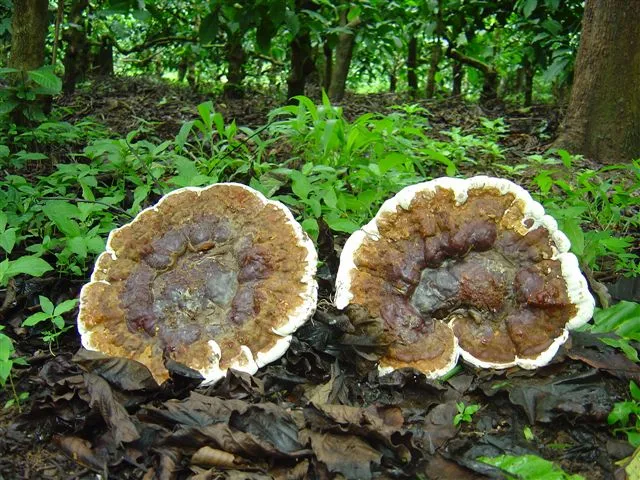
POLYPORE FUNGUS: (Polyporaceae & Ganodermataceae) The mushroom is observed on dead logs or injured trees. The fungal caps appear as concentric rings clustered or stacked one atop another. Caps are leathery and tough with no presence of a stem. The caps are 4 to 6 inches broad.

BIOLUMINESCENT MUSHROOMS

We have observed a few species of bioluminescent mushrooms but yet to determine the cause of bioluminescence. It could be due to bacteria or other microbial species.
MUSHROOMS IN ORGANIC MATTER DECOMPOSITION

Boletus species: The mushroom is quite common during monsoon season. The brown cap is more than 4 inches wide and 4 to 5 inches tall. The underside of the cap has tube openings instead of gills. Neem seed application to soils triggers the growth and development of Boletus.

Chanterelle species: These mushrooms are quite hardy and are uncommon in coffee forests. Whenever they are present, they are found under hardwood tree species. Some species are edible.
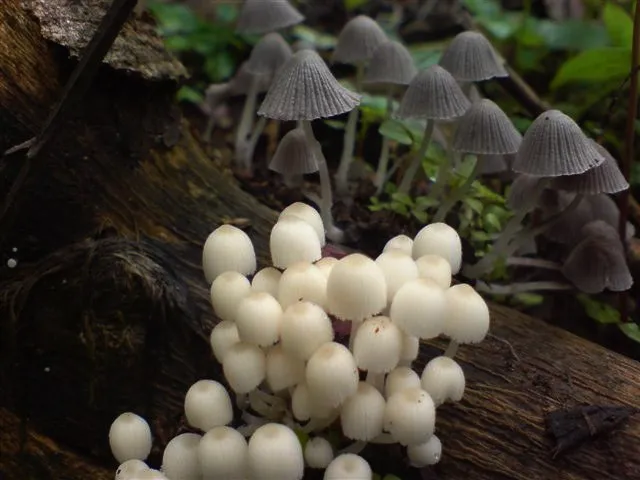
Coprinus species: Another common mushroom commonly observed on the floor of the coffee forest.
MUSHROOMS IN OTHER INDUSTRIES
The vivid color of mushrooms can be used for dyeing wool and natural fibers. A few reports suggest that mushrooms play an important role in effective biological remediation and filtration technologies.
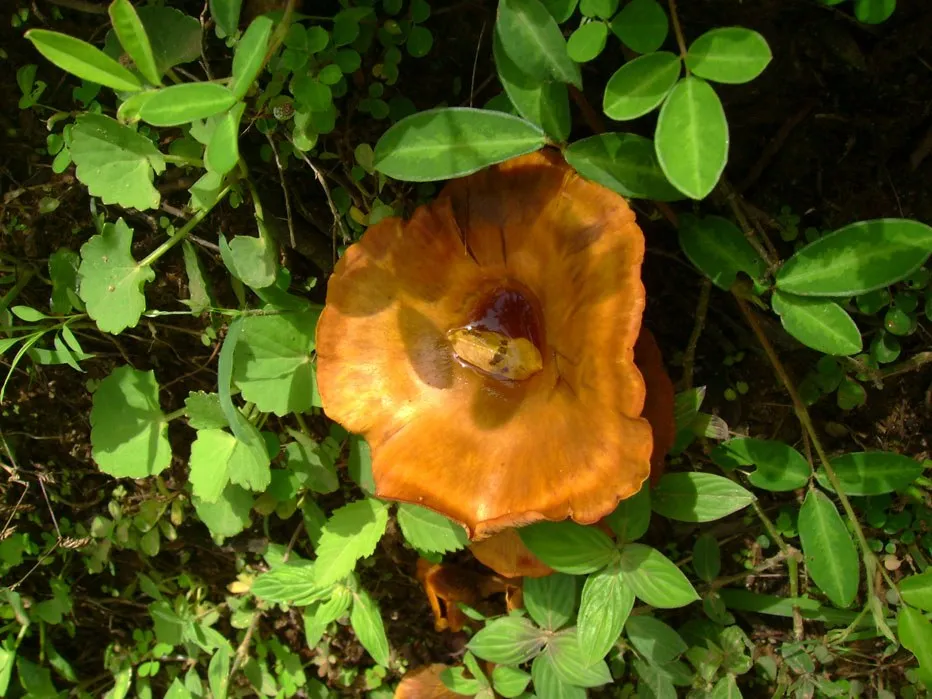
MUSHROOM SELECTION: When buying mushrooms from the supermarket shelf, choose those with a firm texture and uniform color with tightly-closed caps. If the gills are exposed, it’s an indication of age, and they are probably past their shelf life. Discolored, broken and damaged mushrooms with soft spots should be avoided.
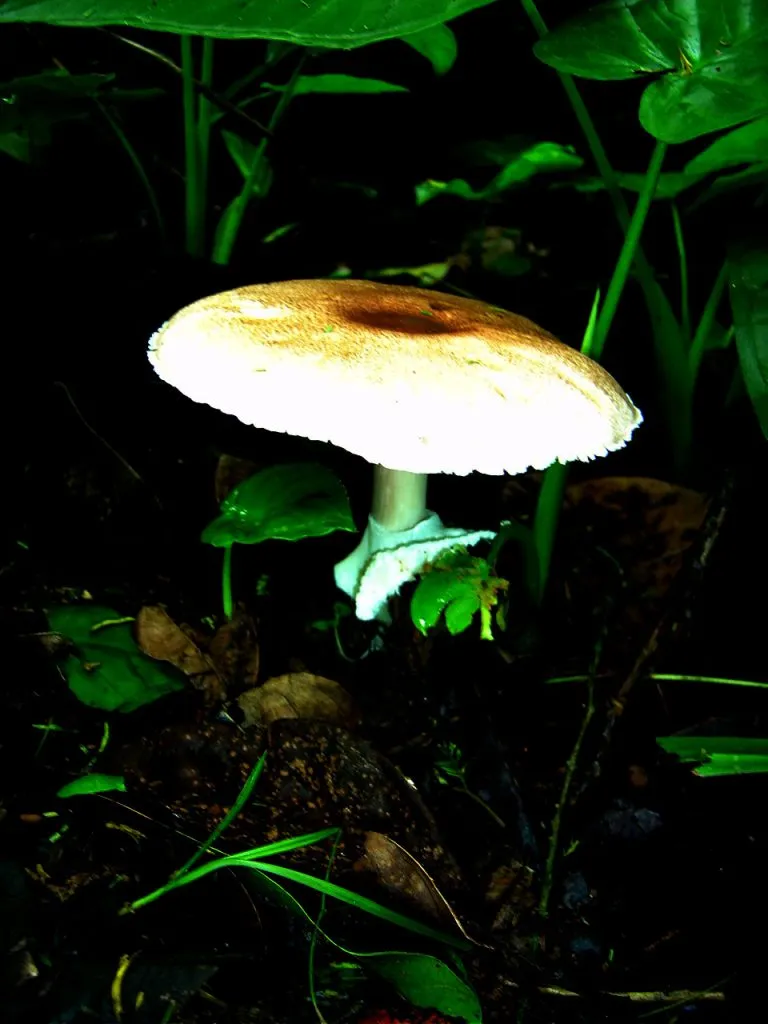
MUSHROOM FACTS
It is a fact that the price of wild mushrooms can range for reasons such as appearance, flavor, taste, soil type, historical significance and availability. European truffles can sell for over $ 1,600 per pound!
One Portabella mushroom generally has more potassium than a banana.
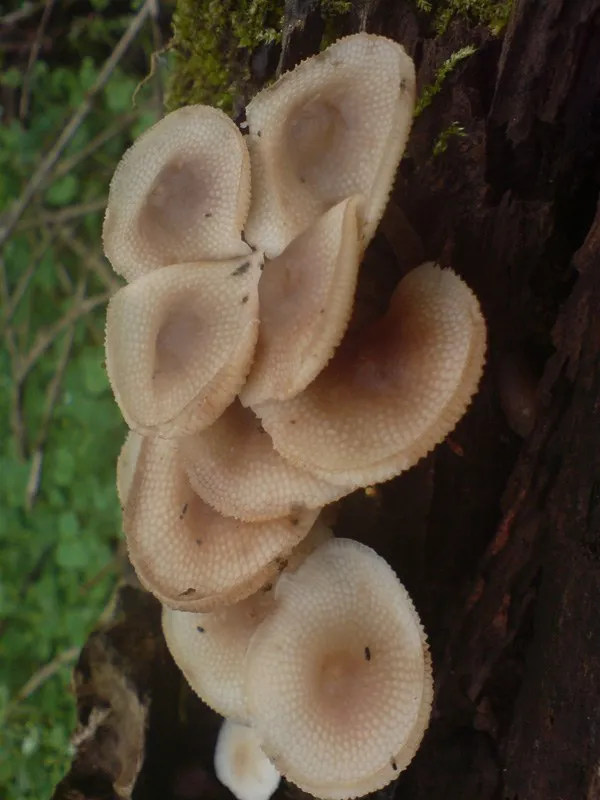
Almost overnight a mushroom can grow from a pin sized head to a medium sized balloon with rapid intake of water. Mushrooms grow with lightning speed because the mushrooms increase their size through cell enlargement rather than cell division.
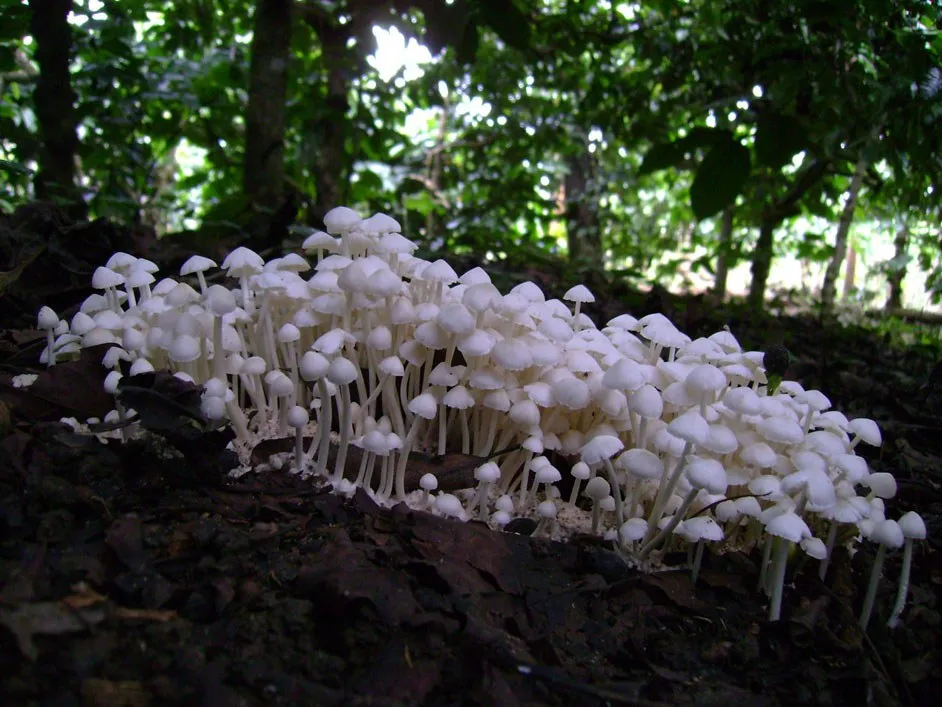
The sporadic growth of mushrooms is due to the fact that the fungus has the ability to store up nutrient rich compounds as reserves and when ideal conditions prevail, they start to fruit.
Many of the edible white mushrooms do appear within 24 hours of a thunderstorm and this is no myth.
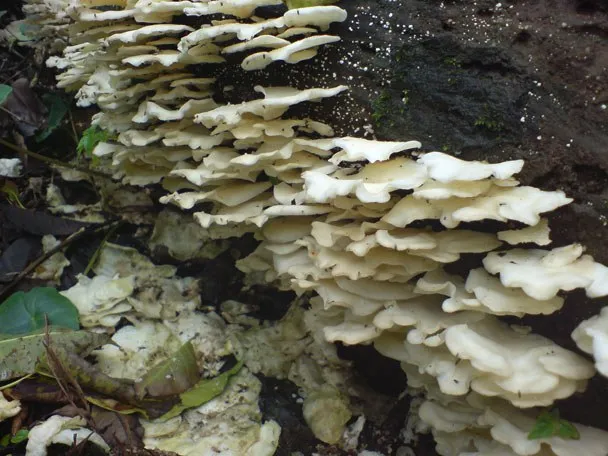
PADDY STRAW MUSHROOM: The commercial cultivation of this mushroom contributes to 6 % of total world production of cultivated species. This particular mushroom has the characteristic property of Agino Moto.
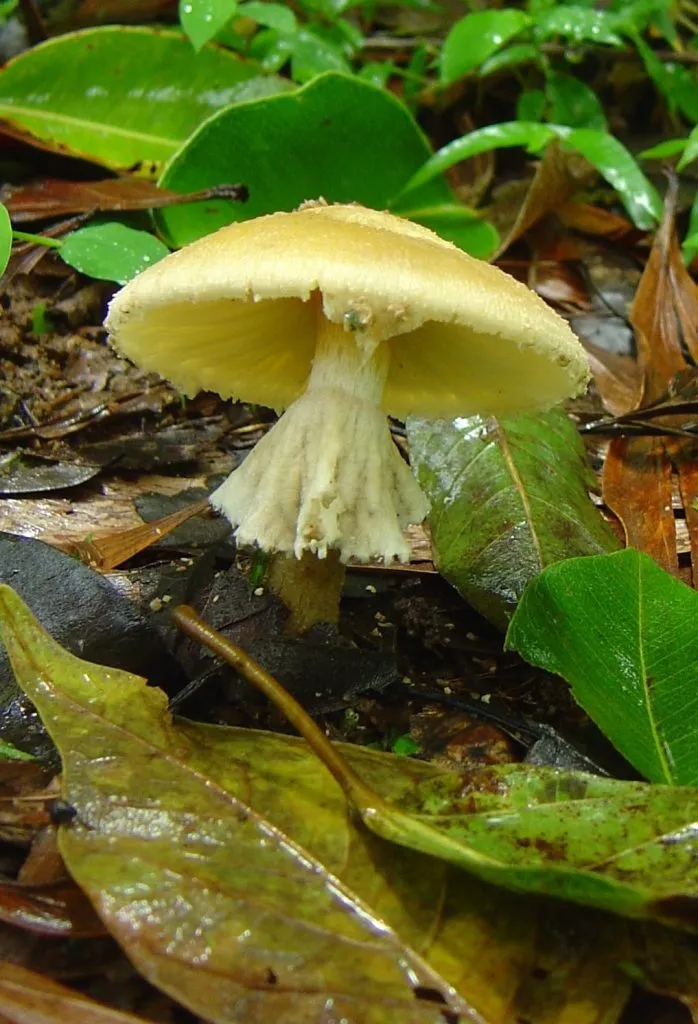
Amantia phalloides, commonly referred to as the DEATH CAP is considered as one of the most poisonous mushrooms in the world. Amantia muscaria, a reddish colored mushroom rarely found in the Western Ghats is said to induce a hallucinogenic effect on human beings.
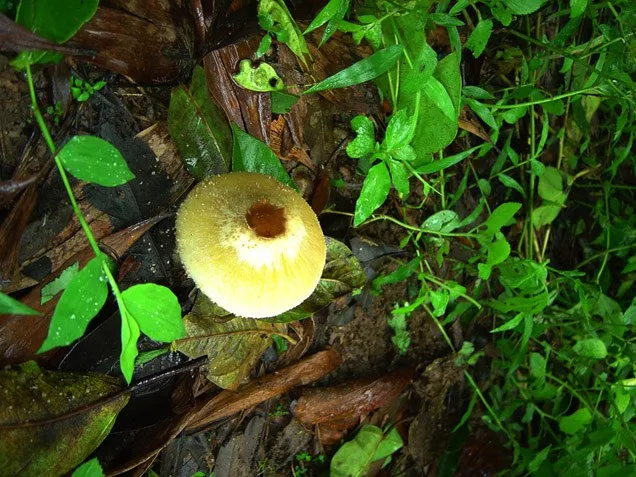
CONCLUSION
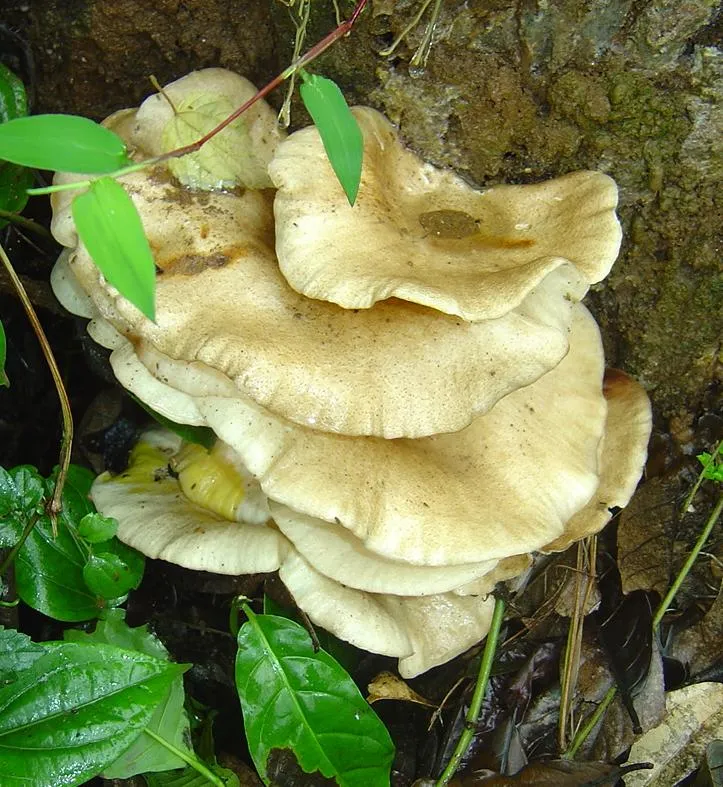
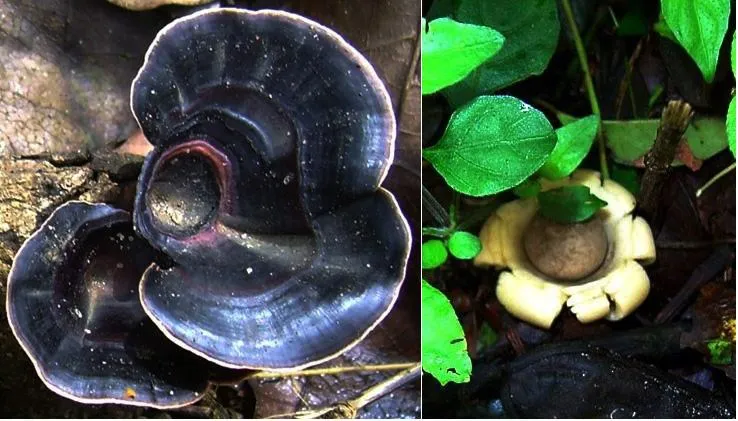
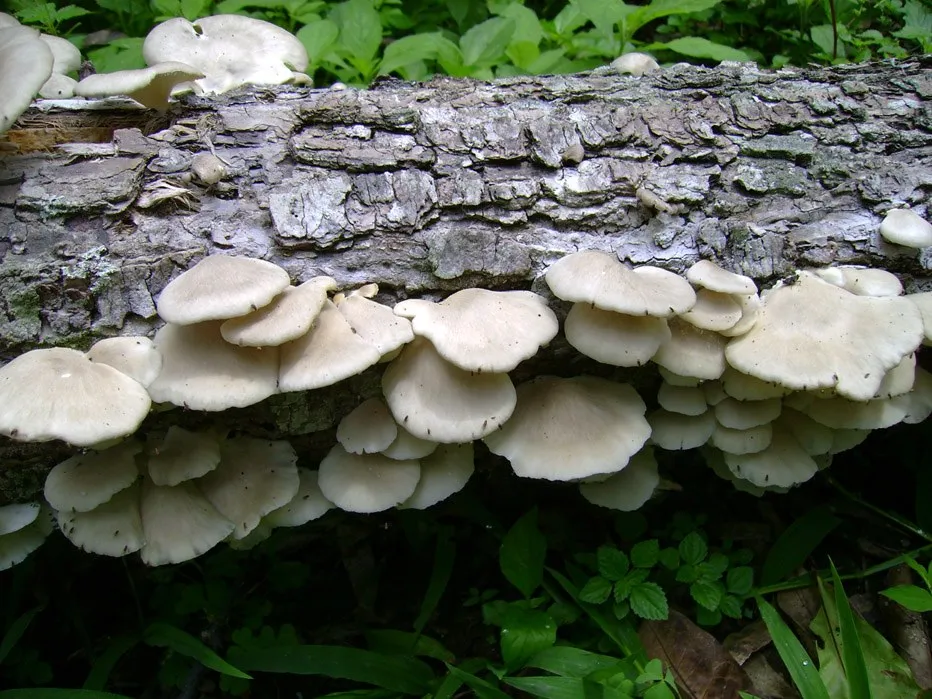
The threat to mushroom diversity is clearly visible due to habitat destruction, deforestation, land use change and building mega projects {special Industrial economic zones (SEZ)} inside the core of the forest zone. Mushroom species are vanishing even before they are discovered because of intensive timber logging inside the core of the Western Ghat forest range. The other major contributors to decreased mushroom diversity are global climate change, construction of dams, submerging prime forest land, introduction of exotic tree species, application of new generation herbicides and pesticides. The slash and burn method of cultivation followed by the tribal’s is also a strong reason for the decline in mushroom species.
Although a great many species of mushroom are edible, very few species have been artificially cultivated. More research needs to be carried out in this direction. Also, since mushroom cultivation is done indoors, it requires very little land. Mushrooms grow on various substrates based on agricultural wastes, which in turn can be recycled. Mushroom cultivation can also provide employment to rural households.
References
Mushrooms – Missouri Department of Conservation
MushroomExpert.Com Your Online Source for Mushroom Info Identifying trees
The International Society for Mushroom Science (ISMS)
Economically Important Plant Families
The role of informal protected areas
Commercially-Harvested Edible Forest Mushrooms
Mushroom, Types Of Cultivation
A Regional Research and Monitoring Program
MUSHROOM GROWING KITS, EQUIPMENT, ACCESSORIES
The History of Mushroom Cultivation
Grow Your Own Gourmet Mushrooms
Materials for Teaching Mycology
Gourmet: SPICES| VANILLA| MUSHROOMS
Introduction to the Fungi Of athlete’s foot
Jacqueline Seymour.1978. Mushrooms and Toadstools. The Color Nature Library. Crescent Books.
Chang S-T & Miles PG (2004) Mushrooms: Cultivation, Nutritional Value, Medicinal Effect and Environmental Impact. 2nd ed. CRC